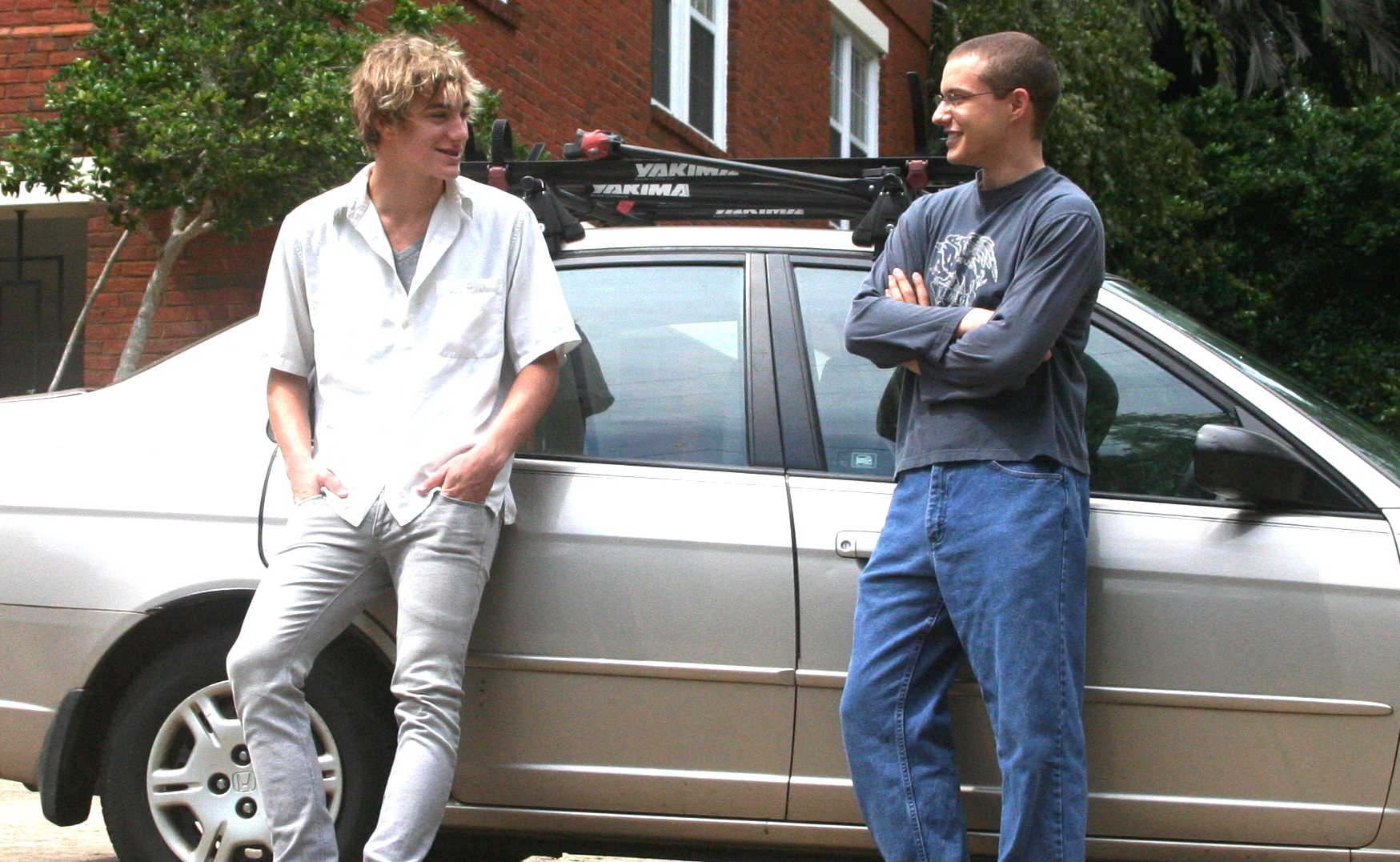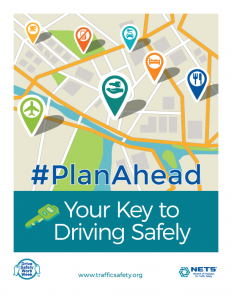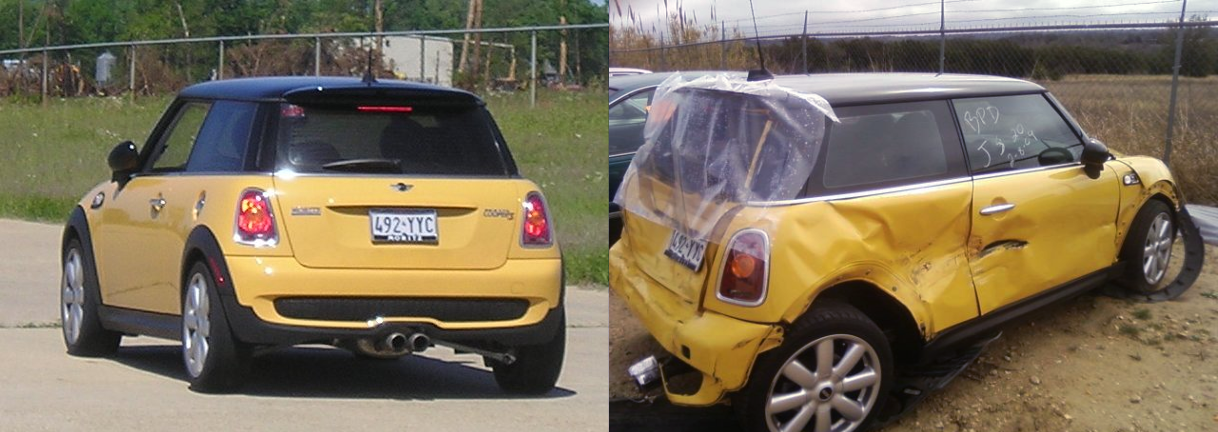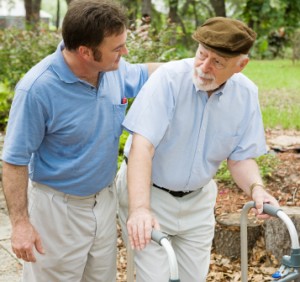It’s Halloween soon! How to prevent “mummy” injuries?
2 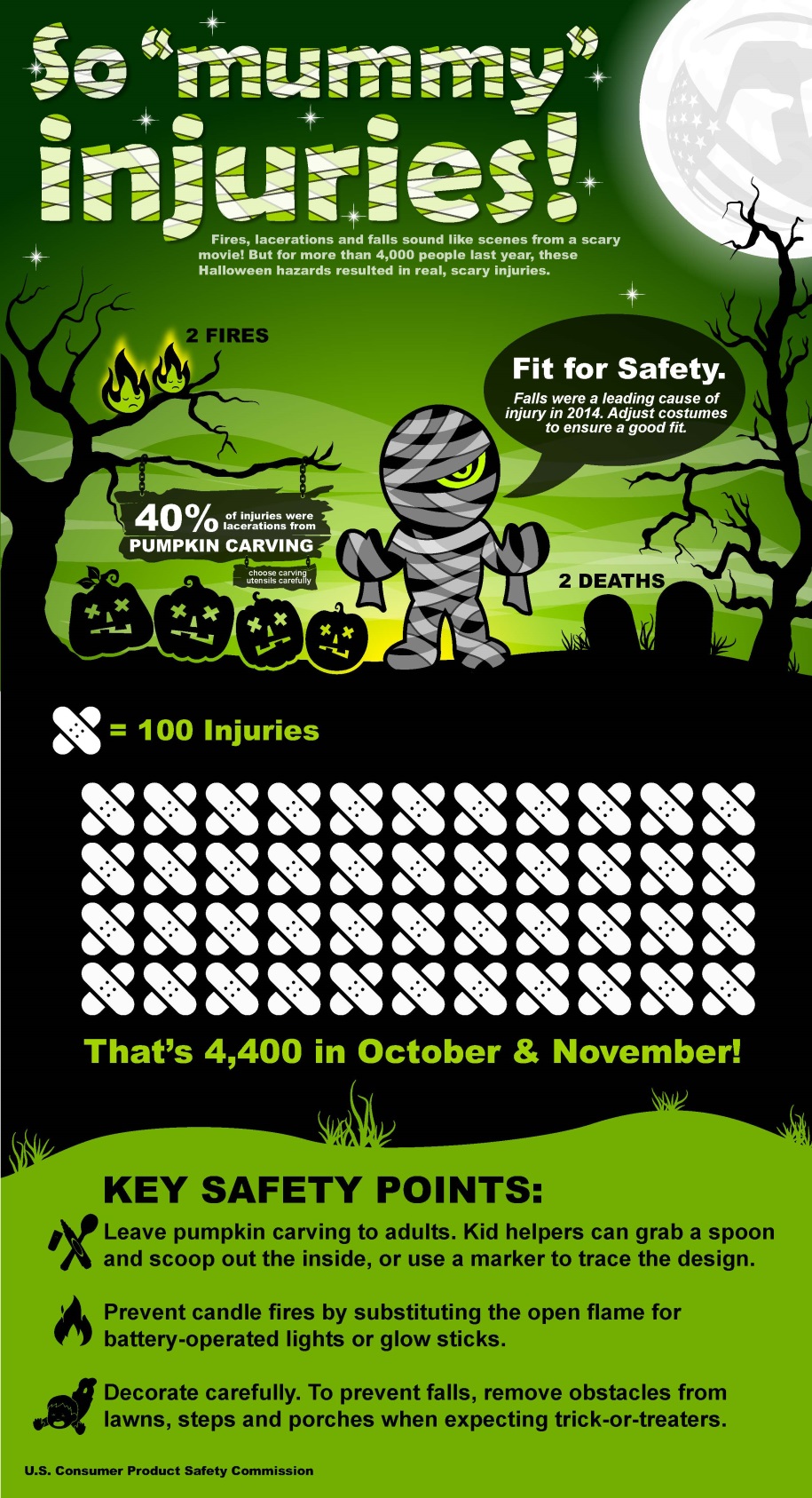 people died and 4000 suffered personal injuries during Halloween activities last year. 40% of the injuries were lacerations from pumpkin carving. People, especially children, tripping in their costumes and falling caused many injuries as well. Candle fire is also a common cause of injury during Halloween.
people died and 4000 suffered personal injuries during Halloween activities last year. 40% of the injuries were lacerations from pumpkin carving. People, especially children, tripping in their costumes and falling caused many injuries as well. Candle fire is also a common cause of injury during Halloween.
Below are a few tips to keep your Halloween celebration fun and prevent it from turning into a real nightmare:
- Do not give carving knives to children but have them helping you by tracing the design with a marker or scooping big chunks with spoons. Be careful yourself when using the carving knife!
 New York Personal Injury Attorneys Blog
New York Personal Injury Attorneys Blog


